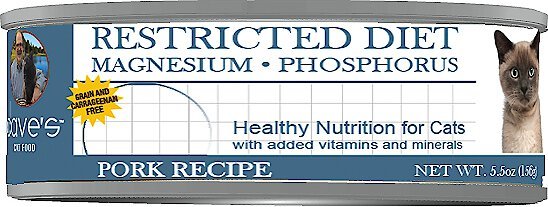Tidy Cats 4-in-1 Strength Scented Clumping Clay Multi-Cat Cat Litter, 35 lb. Pail
Deliver a swift knockout to tough odors with Purina Tidy Cats 4-in-1 Strength clumping litter featuring a complex floral scent. This variety is specially formulated to attack and neutralize the four key offendersurine, fecal, ammonia and bacterial odorsleaving your cats’ litter box area smelling fresh and clean, so your cat companions are happy and willing to use their boxes each day.
Deliver a swift knockout to tough odors with Purina Tidy Cats 4-in-1 Strength clumping litter featuring a complex floral scent. This variety is specially formulated to attack and neutralize the four key offendersurine, fecal, ammonia and bacterial odorsleaving your cats’ litter box area smelling fresh and clean, so your cat companions are happy and willing to use their boxes each day. Powerful clumping action helps make cleanup quick and easy, and the low dust cat litter formula pours cleanly into each litter box. Put this quad-action clumping cat litter to work in your home, and ensure your cats’ box area remains clean and inviting. Designed for multiple-cat households, this natural clay litter with a deodorizing system stands up to frequent, everyday use in your home while still helping to keep odors at bay. Providing guaranteed 10-day odor control when used as directed, our Purina Tidy Cats scented cat litter makes it simple to check litter cleaning off your to-do list. It’s the same great formula you know and love and delivers the same great performance you expect, now with a new look.
- FROM MANUFACTURER: This product may be out of stock due to plastic supply challenges. Search Tidy Cats for more great Litter options your cat will love.
- 10-day guaranteed odor control when used as directed
- Attacks and neutralizes urine, fecal, ammonia and bacterial odors on litter
- Clay cat litter features powerful clumping action for easy cleanup
- Tidy Cats clumping litter features a complex floral scent
- Low dust cat litter formula
- Made with natural clay plus deodorizing system
- Locks in moisture to help keep cats dry and comfortable
Additional information
| Country of Origin | Made in USA |
|---|---|
| Clumping or Non | Clumping |
| Life Stage | All Life Stages |
| Litter Features | Odor Control, Natural |
| Litter Weight | 35 lb |
| Primary Cat Litter Material | Clay |
| Product Height | 14.75 in. |
| Product Length | 9.5 in. |
| Product Volume | 35 lb. |
| Product Width | 12 in. |
| Scented or Unscented | Scented |
| Manufacturer Part Number | 7023017088 |












by Tina
its the best there is
by Mark
Ive used all kinds and this is by far the best. Im not a cat person, actually I dont really like cats. But my kids do so we ended up with one. Of course now he’s grown on me, but im still not a cat person and dont keep up with cat chores as much as i should. Im not a scoop the box everyday type of guy. Once a week, maybe twice if im feeling froggy. But this stuff works good no odors clumps well easy to maintain!
by Singh
Bust deal for multiple cats. Works great and great size.